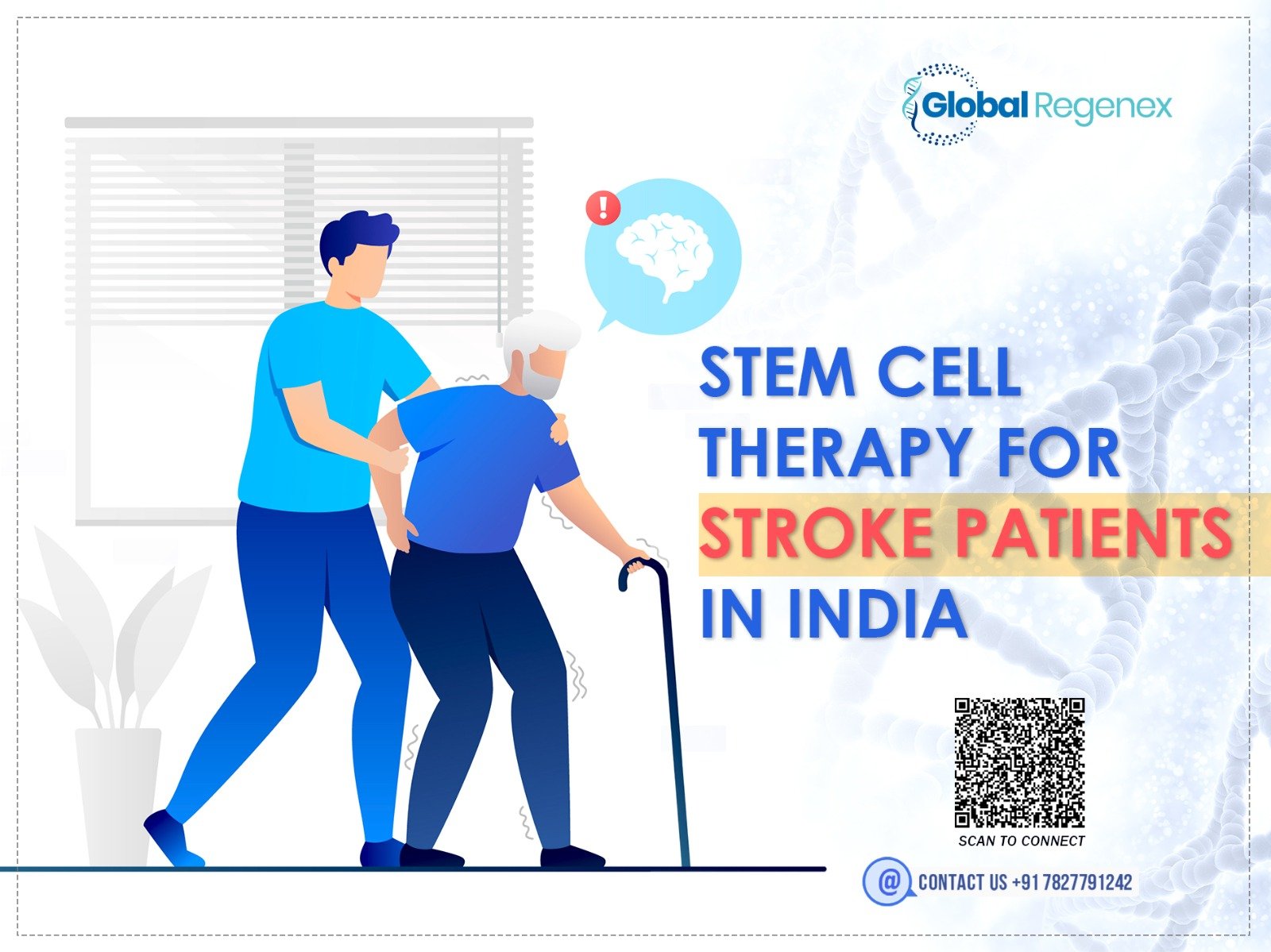Stroke remains one of the leading causes of long-term disability, with most patients having very limited options for recovery. While traditional rehab helps somewhat, stem cell therapy is emerging as a possible new alternative that assaults the healing of the brain at the cellular level.
India is increasingly becoming a hub of excellence for premium stem cell therapy, with treatment of international standards, expert doctors, and economical prices. As stroke recovery success increases, more patients are looking towards stem cell transplant in India with the expectation of better outcomes.
This blog explains how stem cells help to recover from stroke and why India stands out when it comes to regenerative medicine.
Understanding Stroke & Role of Stem Cells
A stroke occurs when blood flow is cut off to an area of the brain, which causes brain cells to die. This can result in loss of movement, issues with speaking, and cognitive issues. Even though physical therapy will help with some of those symptoms, it cannot repair the compromised brain tissue. This is where stem cells create an opportunity for novel intervention.
Stem cells have the unique ability to become other types of cells and repair compromised tissue. If applied for the treatment of strokes, stem cells may stimulate brain regeneration, regenerate neurons, and ultimately restore function.
Why Choose Stem Cell Treatment in India?
India is quickly coming front as a global hub for stem cell transplant procedures due to several benefits:
- Advanced Facilities: Hospitals & research centers are equipped with modern technology and research-backed treatment protocols.
- Cost-Effective Solutions: Compared to other Western nations, stem cell treatment is more affordable in India.
- Expert Medical Professionals: India’s medical system consists of neurologists and regenerative medicine specialists with extensive experience.
- Individualized Care: Each patient is given customized recovery plans that integrate therapy, rehab, and stem cell infusions.
- Low Risk and Downtime: The majority of procedures are minimally invasive and provide quicker recovery.
How Does Stem Cell Transplant Work for Stroke?
A stem cell treatment for stroke is tailored to help repair the damage caused by disrupted blood flow to the brain. Here’s how the process works:
- Stem Cell Collection: Stem cells are either taken from the patient’s own body (autologous), commonly derived from bone marrow or adipose tissue, or from a donor (allogeneic).
- Processing & Culturing: The stem cells that were harvested are washed and in some instances, expanded in the laboratory to increase their quantity and potency.
- Delivery to the Patient: They are then injected into the patient’s body, typically through:
- Intravenous injection (IV)
- Intrathecal injection (into the spinal fluid)
- Direct infusion into the brain tissue (in some advanced cases)
- Regeneration and Repair: After entering the body, the stem cells migrate to the damaged regions of the brain. They are able to:
- Reduce inflammation
- Initiate new neuron growth
- Repair blood vessels
- Enhance communication between neurons
- Supportive Rehabilitation: Stem cells can be administered with the help of physiotherapy, occupational therapy, and speech therapy to ensure full recovery.
This groundbreaking treatment not only cures the symptoms—it even assists in regenerating brain function, providing the patient a new road to independence and quality of life.
For Expert Advice
For reliable advice from a skilled professional, select Global Regenex. If you are unsure about the procedure, the advantages, or whether you are interested in stem cell transplant or other regenerative medicine, their professionals will assist you. The professionals at Greater Global Regenex will guide you through every step, responding to questions, discussing the potential advantages, and assisting you in making the most informed decision for your well-being.
Final Verdict
As the need for new recovery options increases, stem cell therapy is changing what is possible for stroke victims. With India’s first-rate healthcare facilities and empathetic medical staff, a stem cell transplant in India is both a promising and cost-effective option. The future of stroke recovery begins here — and it begins with the potential of stem cells.

